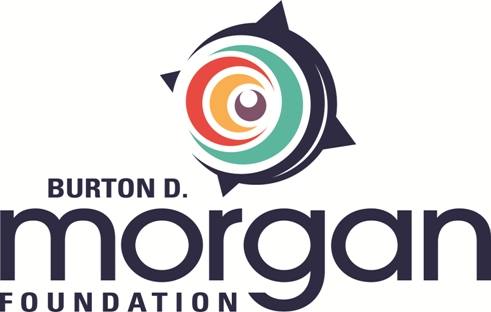
How are you going to promote and sell your product? How do you grab consumers' attention?
Advertisements are everywhere around us. They are on websites, in buses and trains, and in stadiums. We watch commercials alongside our television shows and movies.
The Super Bowl is an example of visual and verbal ads. In 2019, the average cost of a 30-second Super Bowl ad was $5.25 million. Businesses pay millions of dollars for commercial time because they think it’s worth reaching millions of people with information about their product.
Take a look at these Four Popular Commercials:
1) I'd Like to Buy the World a Coke - ▶ Watch video
2) Sprite: LeBron James with Lil Yachty - ▶ Watch video
3) State Farm: "Names" - ▶ Watch video
4) Pepsi: Taste Test Challenge - ▶ Watch video
There are three categories of persuasive advertising techniques.
- One is ethos which means that someone you trust is trying to convince you to purchase a product. This strategy relies on a trustworthy and/or popular figure, athlete, or celebrity vouching for the product and trying to convince you to buy it. Example: "If Mrs. X uses it and stands by it, it must be a good product."
- Another is pathos which appeals to you emotionally. Advertisers use words and imagery that make you feel a certain way (such as happy, fear, grateful, excited, hungry, and painful). Example: "Using my product makes you feel like you’re living in paradise."
- The third is logos which aims to convince you through logic or reason that something is better. This strategy convinces you something is more reliable, honest, and credible when creating a commercial. Example: "One glass of Florida orange juice contains a full dose of daily Vitamin C."
Looking for more advertising techniques? See below:
Click here: Advertising Techniques
TO DO (group)Review the four commercials previously listed (Coke, Sprite, State Farm, and Pepsi). What persuasive advertising technologies were visible (ethos, pathos, and logos)? Create a table similar to the one below to record your findings. EXTRA CREDIT: Locate new, more recent commercials that are aligned to each persuasive advertising technique.
|
Did you find it a challenge identifying only one category for some of the commercials? Some advertisers will try to appeal to more than one category.
Which strategy do you think is most effective? Why? How can you use this strategy to develop a commercial for your own product?

10 Best Super Bowl Commercials 2019
Extra time? Take a look at some Super Bowl ads and think about how they hook the consumer.

A logo is a symbol that identifies your company. Logos are very effective when people begin to just look at them and think of your product. You have probably already recognized many logos including ones on your school's clothing.
How well do you know the logos of popular businesses? Here is a list of logo identification quizzes where you can test out your knowledge of popular corporate and business logos:
When you are creating your own logo, choosing the color of the logo is very important. Different colors convey different emotions. The diagram below shows many logos and how different colors foster different types of emotions in people. Do the emotions and colors that the company chose match the company’s product? Choose a company and tell why the emotion seems to match or not match.
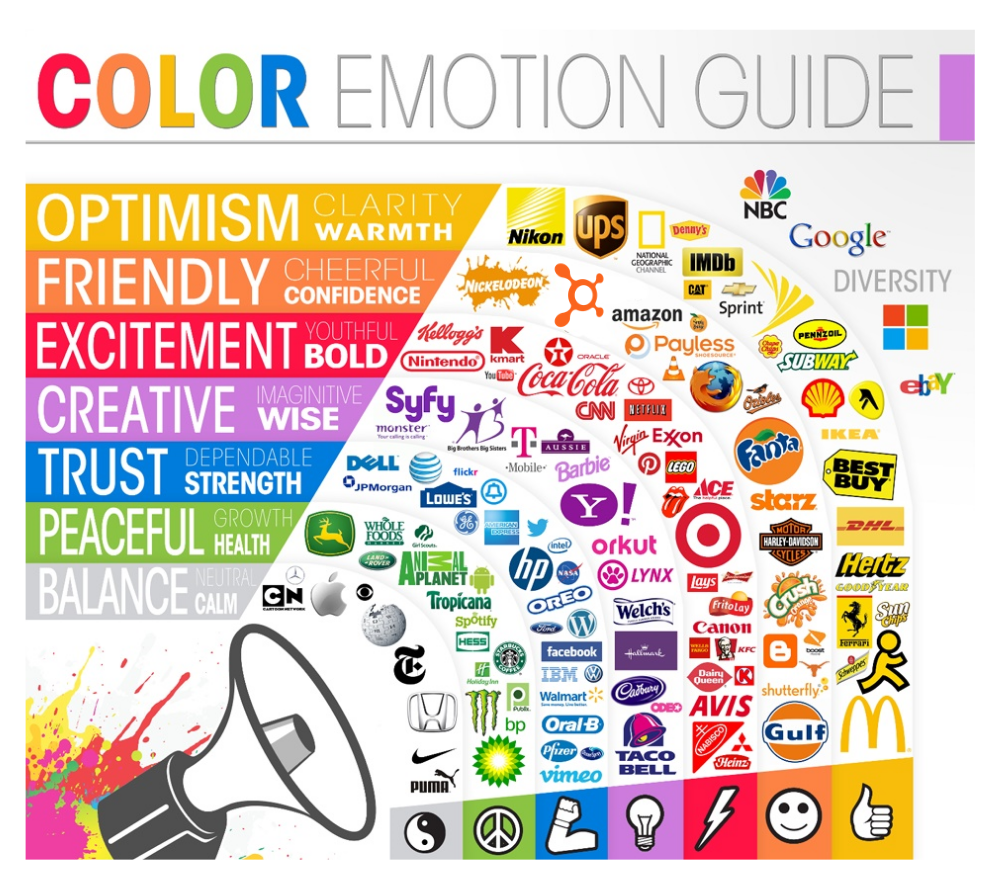 Adapted and used with permission from: The Logo Company. (2017). The psychology of color in logo design. Retrieved at https://thelogocompany.net/blog/infographics/psychology-color-logo-design/?affsrc=1&cjevent=20a5156ae22b11ea804c00b80a240612
Adapted and used with permission from: The Logo Company. (2017). The psychology of color in logo design. Retrieved at https://thelogocompany.net/blog/infographics/psychology-color-logo-design/?affsrc=1&cjevent=20a5156ae22b11ea804c00b80a240612
Jingles are songs that are written to help sell a product. They are short and geared to be very catchy so you are still humming it hours later. Can you think of a jingle that you’ve heard?
Take a look at some of these commercials to see why people can still sing them decades later:
Click here: The 18 All-Time Greatest Radio & TV Commercial Jingles
TO DO (on your own) - Create a Commercial1) Create a storyboard. A storyboard is like a cartoon strip showing all the different scenes in the commercial. See Session 7's downloadable PDF for storyboard template example.
3) Once complete, be sure to use video editing software to enhance your commercial. Delete ineffective scenes, and add music, titles, or graphic. More information about video editing can be found by visiting the sites below: |
|
Dust off your prototype! It’s a great tool to use to communicate your idea.
Are there other items besides the commercial that you can create to win-over possible consumers? What about business cards or swag like stickers and buttons?
Finally, once complete, these materials will help you successfully pitch your innovation to the Shark Tank. In the next session, you will get the pitch ready.
|
|
Produced with funds provided by Burton D. Morgan Foundation |
|
*Think Tank to Shark Tank: From Engineering to Entrepreneurship is in no way affiliated with, associated with, or endorsed by Sony Corporation or Metro-Goldwyn-Mayer Studios Inc.

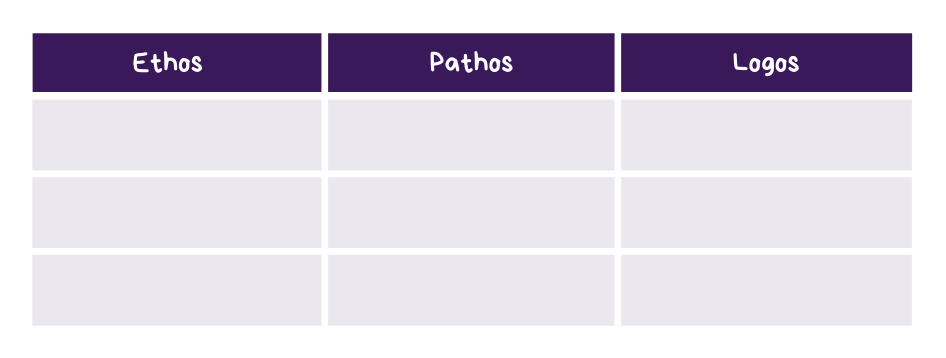
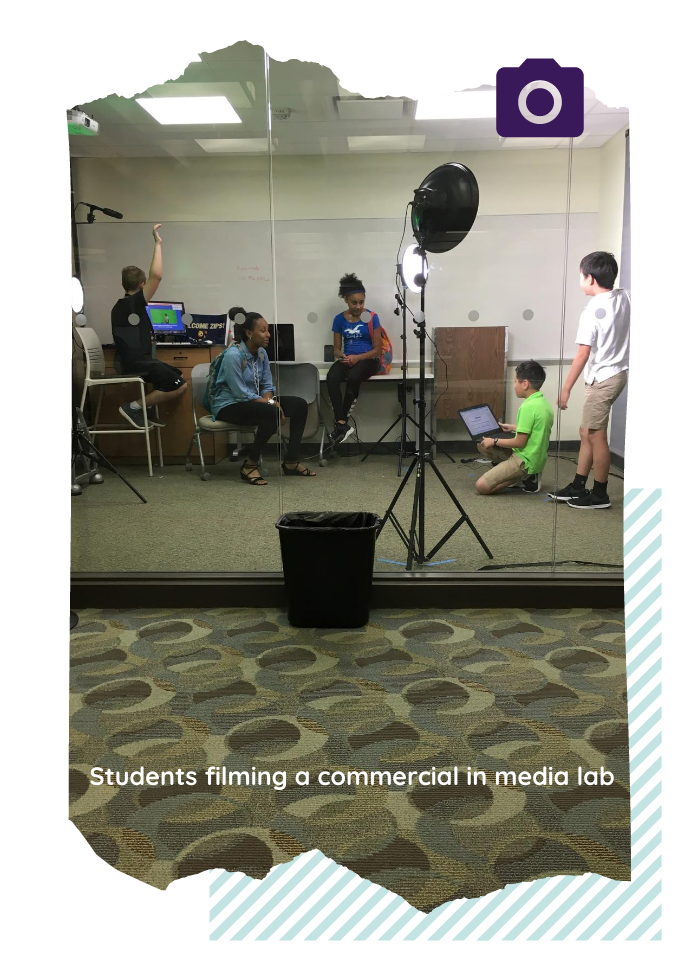 2)
2) 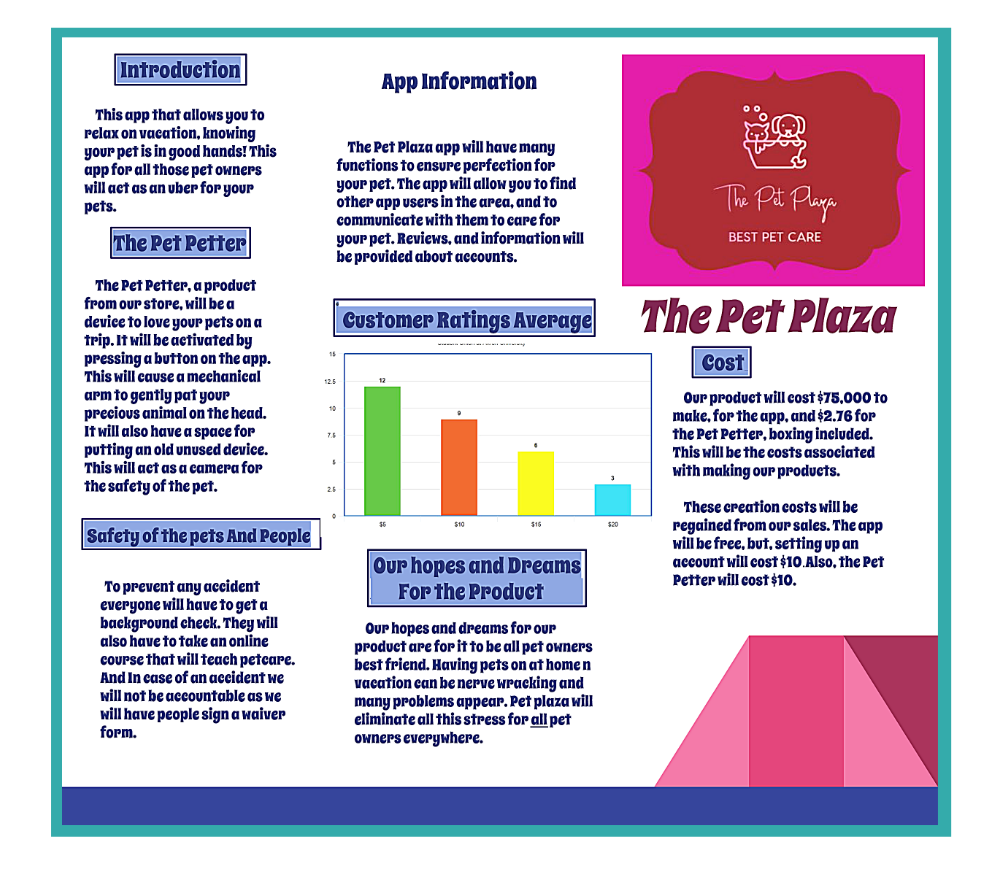 TO DO (on your own) - Make a Tri-fold
TO DO (on your own) - Make a Tri-fold